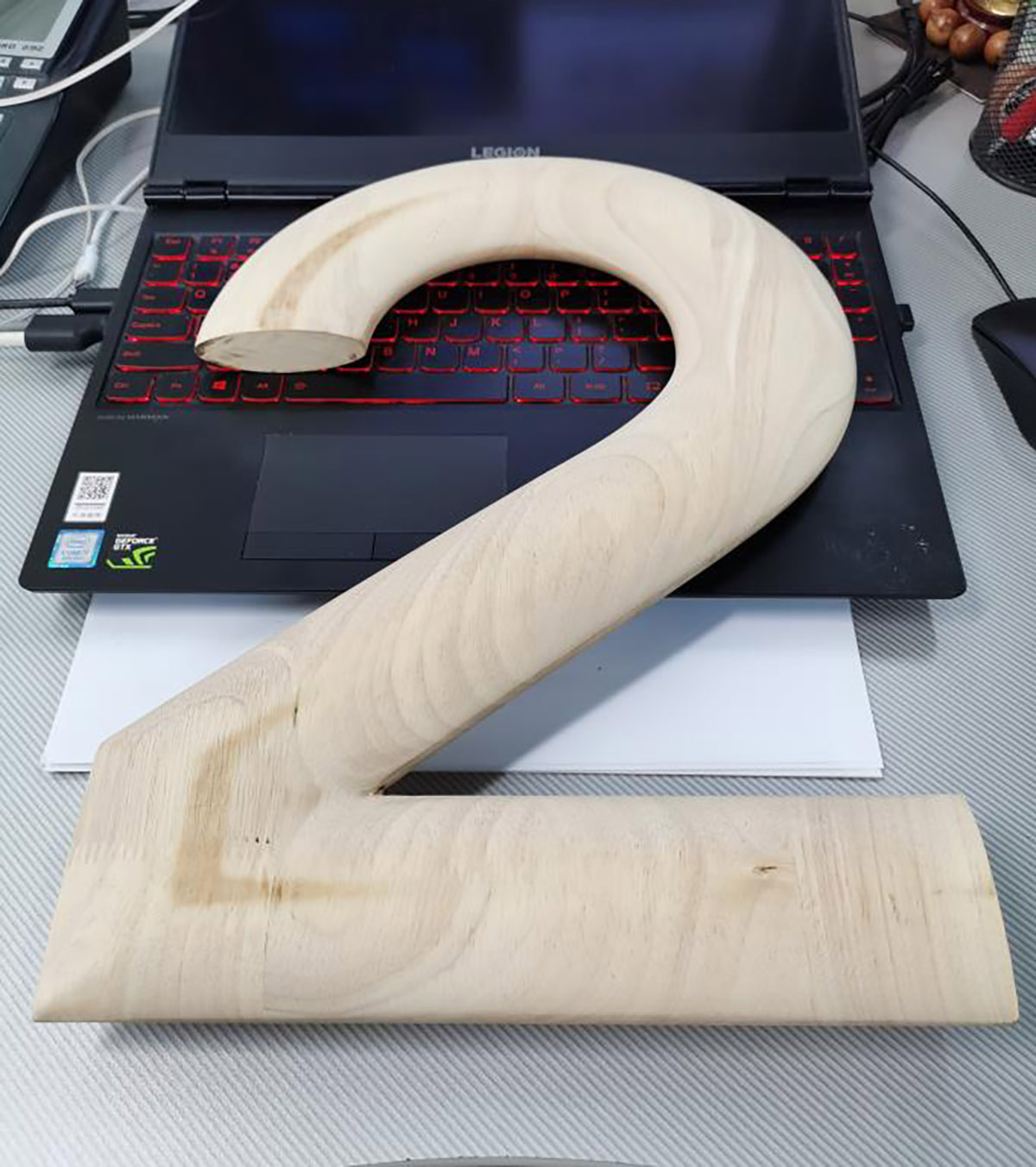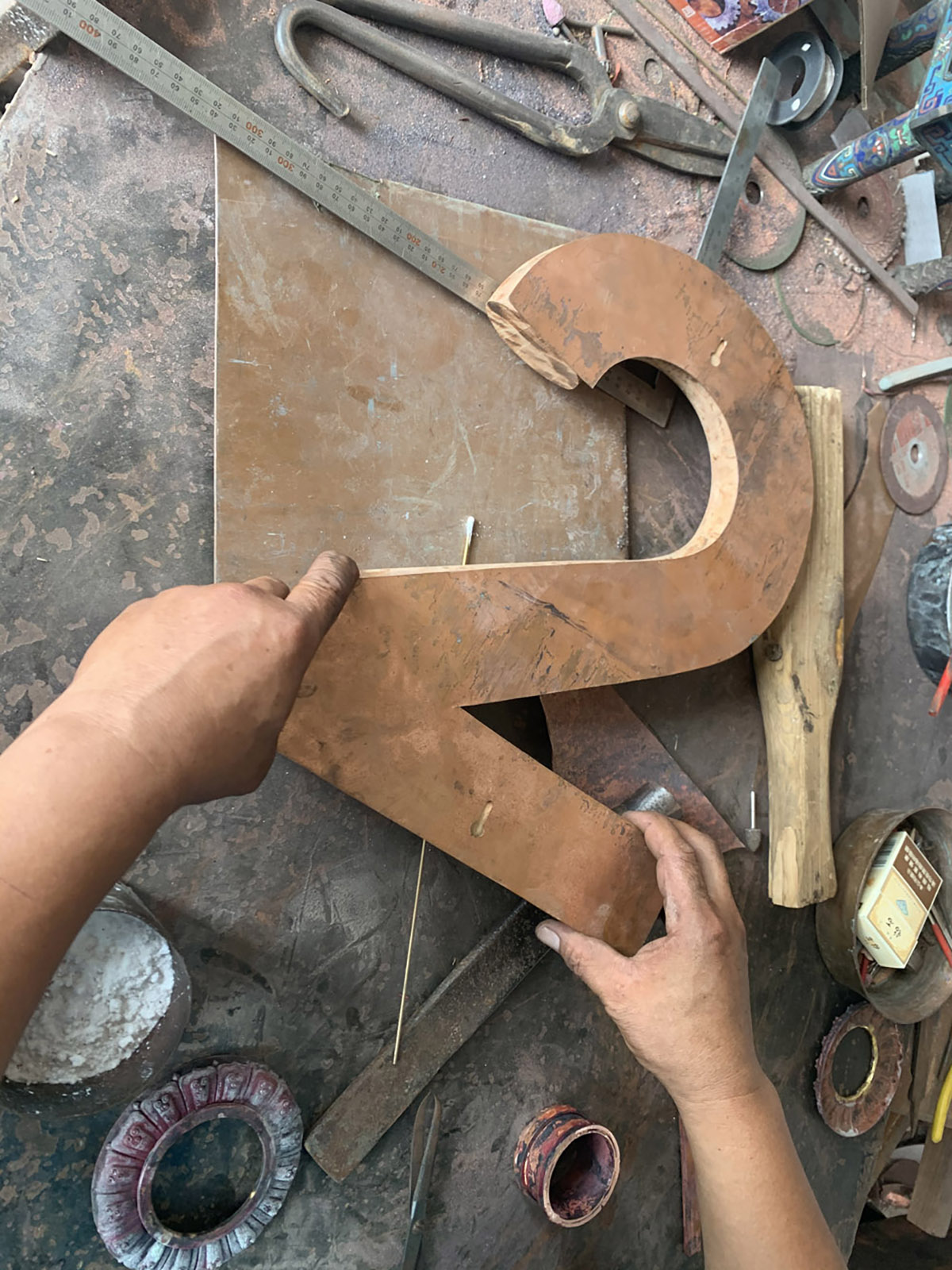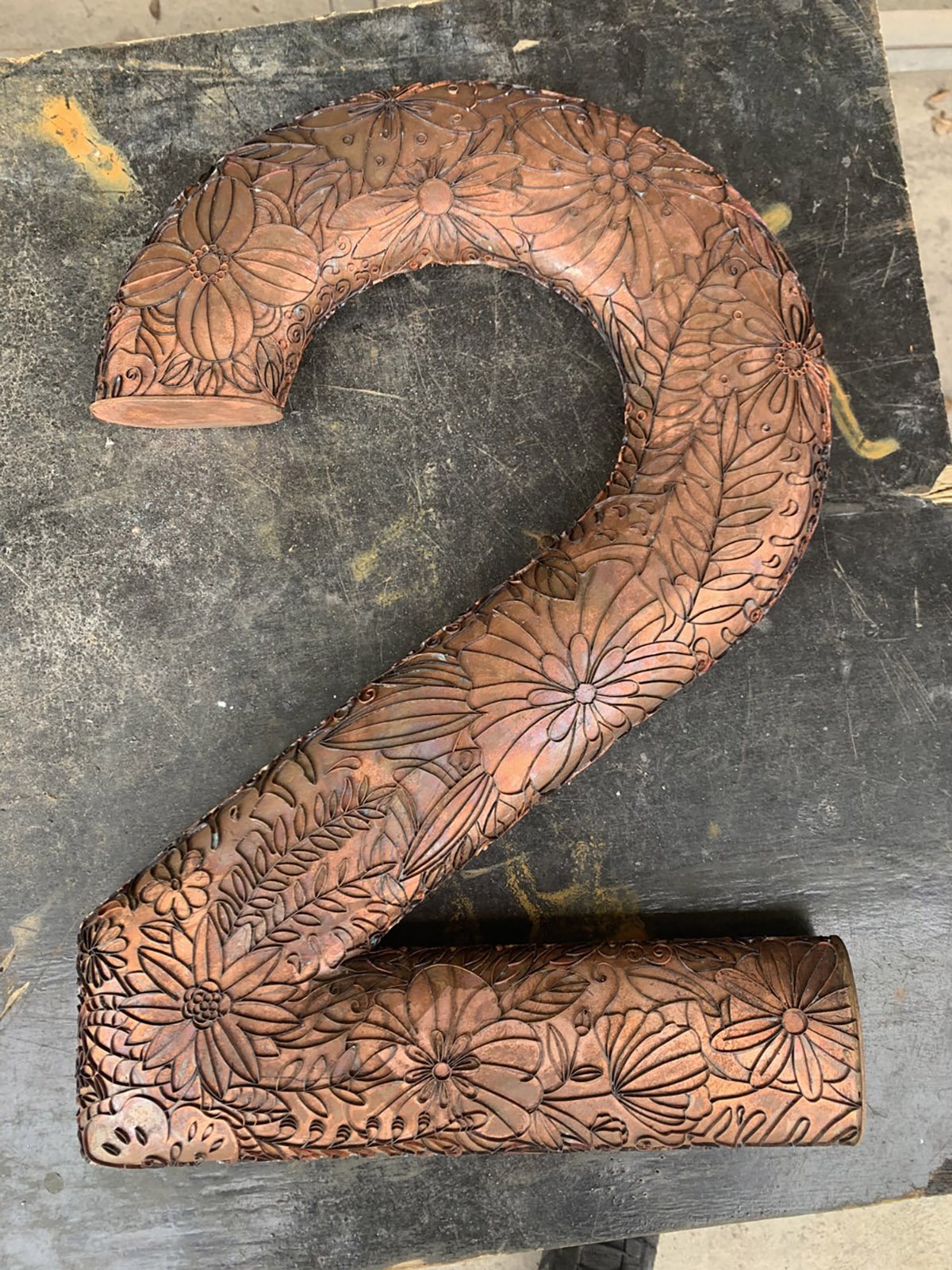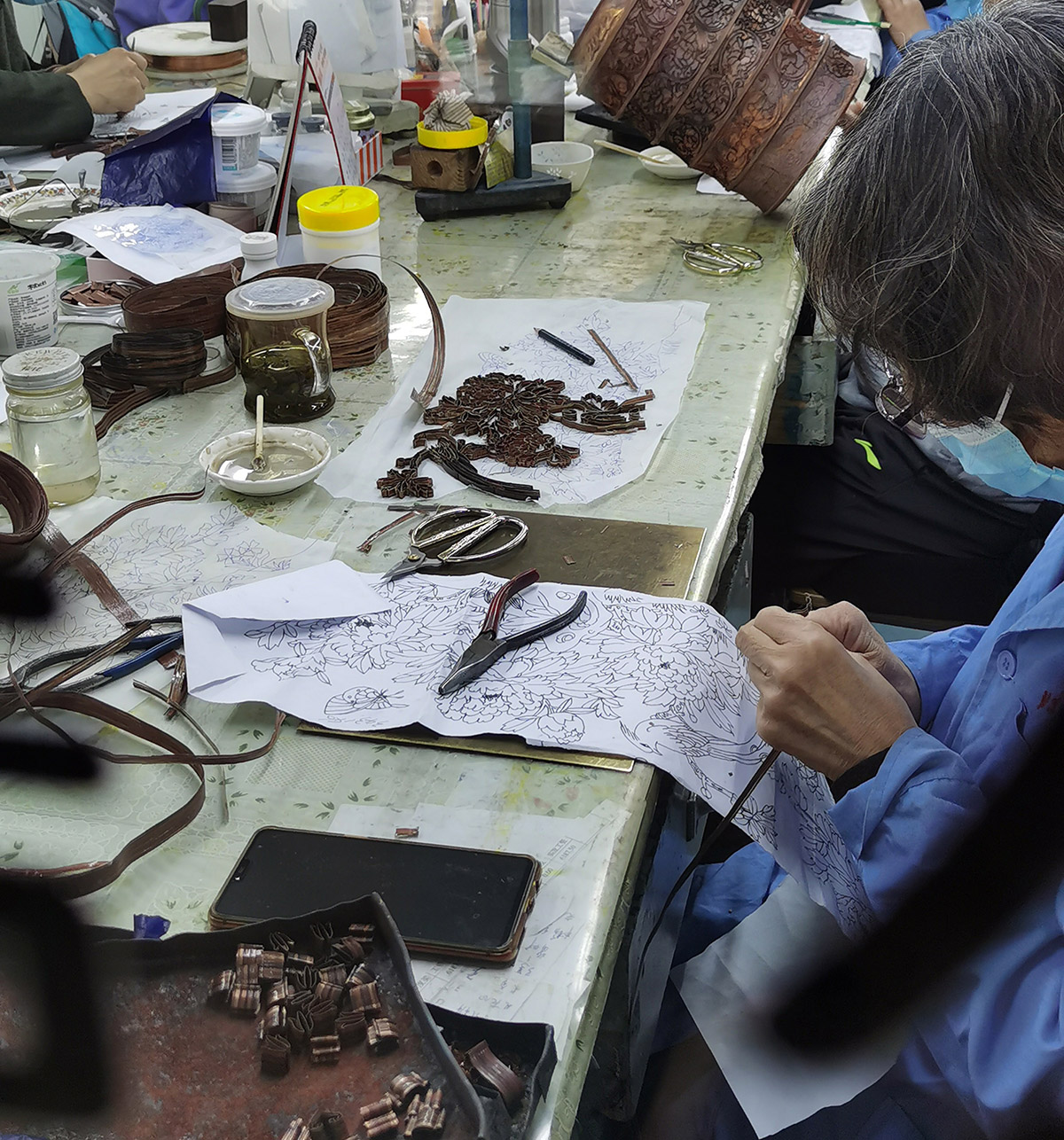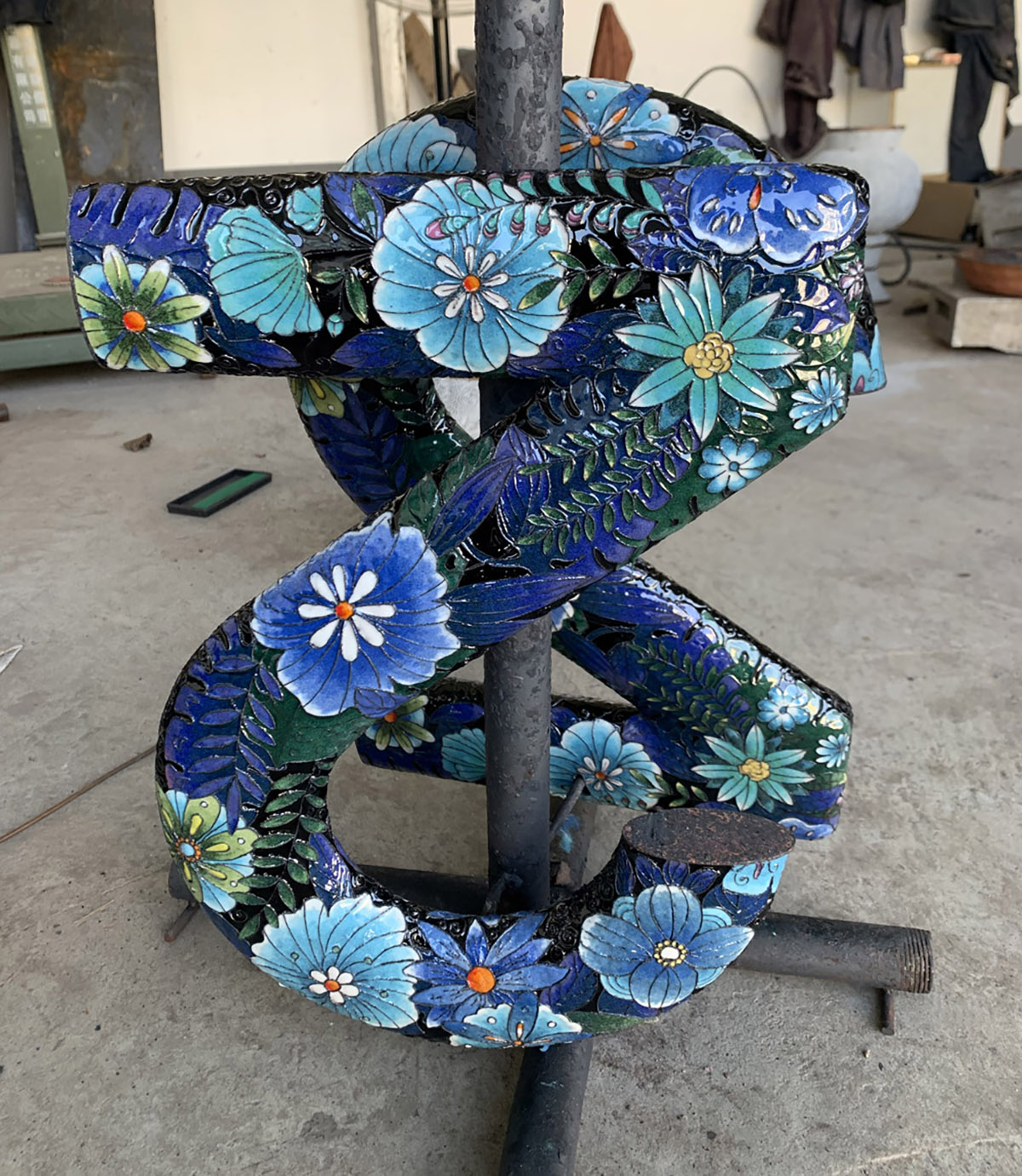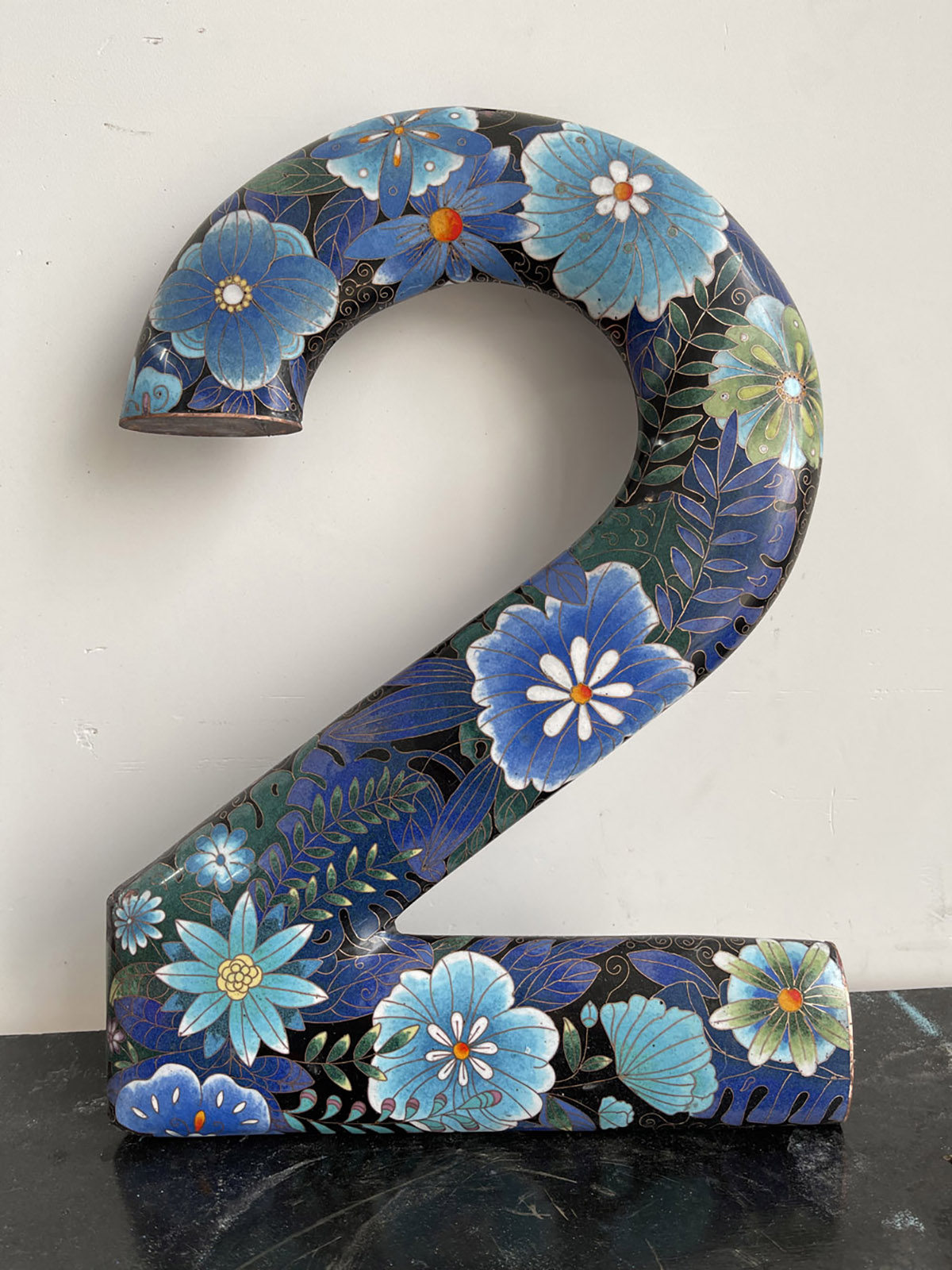
ソース:匠人設計
伝統工芸品カスタマイズ・七宝焼き 七宝焼きは中国の伝統的な手工芸品で、その独特の色と...
伝統工芸品カスタマイズ・七宝焼き
七宝焼きは中国の伝統的な手工芸品で、その独特の色と絶妙な職人技で有名です。 元の時代(西暦 1271 ~ 1368 年)に始まり、明と清の時代に全盛期を迎えました。 七宝製品は通常、銅の素地をベースとして、表面を七宝でコーティングし、その七宝の上に文様や文様を描き、最後に高温で焼成したものです。 伝統的な七宝焼きのカスタマイズプロセスは次のとおりです。
1. 意向確認と計画設計:
まず、デザイナーは、制作するオブジェクトの目的とトーンに基づいて、クライアントとデザインの全体的なスタイルを決定します。 次に、色鉛筆などの簡単なツールを使用して、最初にいくつかの概念的な計画をスケッチします。 コンセプトの確認後に予備デザインをデジタル形式に変換すると、デザイナーは全体のバランス、対称性、美的効果を考慮して、サイズ、比率、ディテールをより適切に調整し、さまざまなレイアウトや配置を試すことができます。 そして、経験豊富な七宝職人と製作の可能性を検討し、最終決定を下します。
2. 材料の準備と選択:
銅本体、エナメル、絵付け道具など、七宝を作るために必要な原材料を決定します。 高品質な原材料を厳選し、切断、研磨などの準備作業を行います。
3. 枝肉の生産:
七宝作品の胴体は銅タイヤ鋳造などで作られます。 カーカスの表面を滑らかで平らにし、その後の装飾プロセスを容易にするために、通常、銅タイヤのベースとして無垢材の彫刻が使用されます。形状が複雑な場合は、金型旋削プロセスも使用されます。
4.フィリグリー
まず薄い銅板を一定の幅に切り出し、専用の液体を塗布して銅製タイヤに密着させて固定します。 銅線を正確に制御し、デザインの輪郭に沿って引く必要があるため、これには高度なスキルと忍耐力が必要です。 フィリグリーのプロセスを通じて、七宝焼き作品のさまざまな模様、模様、細部が形成されます。 絵付けが完了したら、七宝焼きの作品を乾燥させて焼成し、釉薬とフィリグリーのパターンを 1 つの作品に固める必要があります。
5. ドットブルー:
適切なエナメルをカーカスに塗布し、炉で焼成してベースカラーを形成します。 デザイン要件に応じて、目的の効果が得られるまで、異なる色の釉薬を繰り返し塗布し、何度も焼成します。
6. 焼成と仕上げ:
絵付けと装飾が完了した七宝作品は、本焼成のため炉に入れられます。 焼成後、作品の表面を平らにするためにトリミングと研磨が行われます。
7.金メッキ
磨かれた七宝焼きの表面に金属(通常は金またはプラチナ)の層をメッキすることにより、豪華さと高級感が加わります。 この技法は、七宝作品の装飾効果や芸術的価値を高めるためによく使用されます。
写真は七宝工芸品の全工程を示したものです
Traditional Craft Customization – Cloisonné
Cloisonné is a traditional Chinese handicraft famous for its unique color and exquisite craftsmanship. It began in the Yuan Dynasty (1271-1368 AD) and reached its heyday in the Ming and Qing Dynasties. Cloisonné products are usually made of copper base, with the surface coated with cloisonné, patterns or designs are drawn on the cloisonné, and finally fired at high temperature. The traditional cloisonné customization process is as follows:
1. Intention confirmation and planning design:
First, the designer will decide on the overall style of the design with the client based on the purpose and tone of the object to be produced. Then, using simple tools such as colored pencils, they will sketch some conceptual plans first. Converting the preliminary design into a digital format after the concept confirmation allows the designer to better adjust the size, proportion, and details, and try different layouts and arrangements, taking into account the overall balance, symmetry, and aesthetic effect. Then, they will discuss the production possibility with experienced cloisonné craftsmen and make a final decision.
2. Preparation and selection of materials:
Determine the raw materials required to make cloisonné, such as copper body, enamel, painting tools, etc. Select high-quality raw materials and carry out preparatory work such as cutting, polishing, etc.
3. Production of carcass:
The carcass of cloisonné works is made by copper tire casting and other methods. In order to make the surface of the carcass smooth and flat and facilitate the subsequent decoration process, a solid wood carving is usually used as the base of the copper tire. If the shape is complex, the mold turning process is also used.
4. Filigree
First, a thin copper plate is cut to a certain width, and then a special liquid is applied to it to make it adhere closely to the copper tire and fix it. This requires high skill and patience, as the copper wire needs to be precisely controlled and drawn along the contour of the design. Through the filigree process, various patterns, patterns and details of cloisonné works are formed. After the painting is completed, the cloisonné work needs to be dried and fired to solidify the glaze and filigree pattern into one piece.
5. Dot Blue:
Appropriate enamel is applied to the carcass and fired in a furnace to form the base color. Depending on the design requirements, different colored glazes are repeatedly applied and fired multiple times until the desired effect is achieved.
6. Firing and Finishing:
After painting and decoration, the cloisonné piece is placed in the furnace for firing. After firing, the piece is trimmed and polished to make the surface even.
7. Gilding
Plating a layer of metal (usually gold or platinum) on the polished cloisonné surface adds luxury and luxury. This technique is often used to enhance the decorative effect and artistic value of cloisonné pieces.
The photos show the whole process of cloisonné craft


